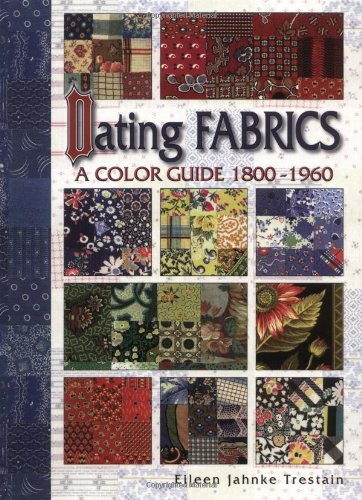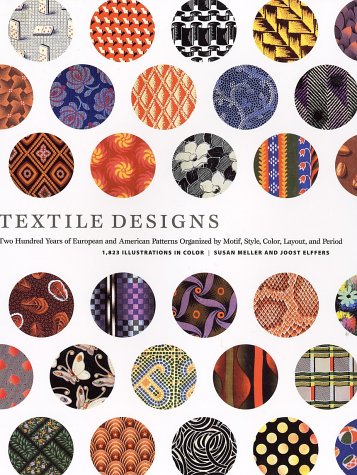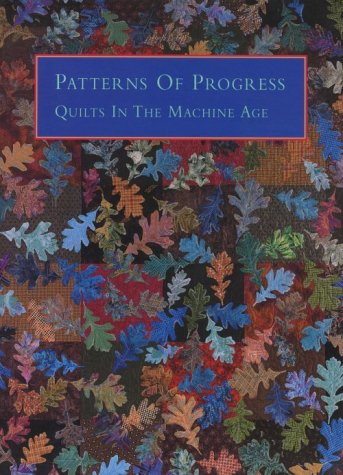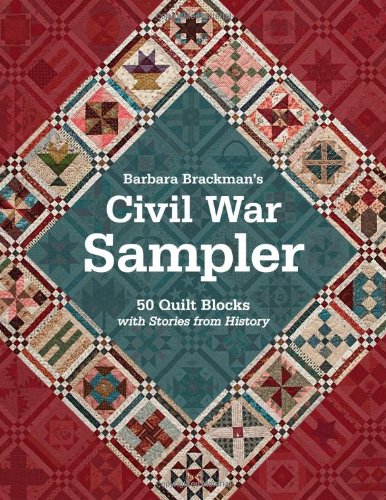Book Review Time!
Period Costume for Stage and Screen: Patterns for Women's Dress 1800-1909 by Jean Hunnisett (1991, 2013)
This is an interesting costuming reference. It covers a rather large span of well-documented time including great changes of silhouette and dress construction. It's one thing to write a single book covering a century or more of medieval costumes, for which there are few surviving garments, no photographs, and only a limited sense of portraiture in extent illustration. It's another thing entirely to address a century of fashion for which we have copious quantities of original garments from all ages and stations; fashion magazines with illustrations of each month's trendy designs; sewing instructions; photographs; eye-witness descriptions; and cartoon satire of fashionable caprices.
Which is to say, this book has a lot of ground to cover in a field with a great deal of nuanced information available. And it does a good a job of getting through it.
What this book is not, however, is a guide for historic re-creation.
By means of explanation,
Period Costumes for Stage and Screen really means the "for stage and screen" part. And I highly recommend it for anyone attempting to costume a period piece, especially for those who don't do a lot of historic costuming and/or need to get started without an extensive research phase. Ms. Hunnisett does the research, and gives you accurate shapes on which to base your costumes, with multiple variations for visual diversity among the cast and numerous tips and tricks for getting unfamiliar pieces to look right. Each section (and there are seven, plus a techniques portion) covers ten to twenty-five years of history, and includes an overview of the period's aesthetics, appropriate undergarments, and various bodice, sleeve (and where appropriate skirt) variations for each. Patterns taken from original garments include a year or year-range for further specificity. There are even examples of costume studies from contemporary plays and recommendations for fitting actors who aren't used to historic garments.
I repeat: if you are a theatrical costumer, get this book and keep it close at all times.
If you're an historical seamstress, however, you'll likely have a more mixed experience.
In it's favor, all the garment designs in this volume are taken from extent garments, with the year given (in the 1500-1800 volume many of the designs are based on surviving portraits). That being said, this is really a breadth book and so you'll find very limited descriptive information on each garment--a few sentences in overview, not a whole page of technical data on each. The illustrations are line drawings (of originals), with cutting diagrams on a grid, and the occasional fashion plate. Additional research would be needful for making an outfit for a specific year and occasion, but the pattern shapes given should be helpful for figuring out and adapting other original designs.
You will need some drafting/draping and a great deal of fitting experience (or be willing to learn) to use this book effectively. These aren't graded patterns--they're diagrams. A photographic tutorial of fitting bodices is included, for those ambitious individuals attempting to teach themselves draping. The sewing/construction technique section primarily consists of modern costuming methods, which may differ from period construction methods, but does cover useful concepts like cartridge pleating. I award full points for explaining that zippers really change the look of things and shouldn't be used.
Score: 4 stars
Accuracy: Very accurate patterns (being taken from originals), but does not teach period sewing techniques. Good advice for getting the general look of the periods and costuming period pieces, but seamstresses looking to recreate historic garments will want to consult additional sources for their specific projects.
Difficulty: Advanced. You get the general shapes to work with, but need to know how to fit, draft and sew.
Strongest Impressions: It's not
The Dressmakers' Guide, but
Period Costumes for Stage and Screen will get you started in a variety of fashion eras, and offers good period shapes for use in drafting your own patterns for the (extended) nineteenth century.





















